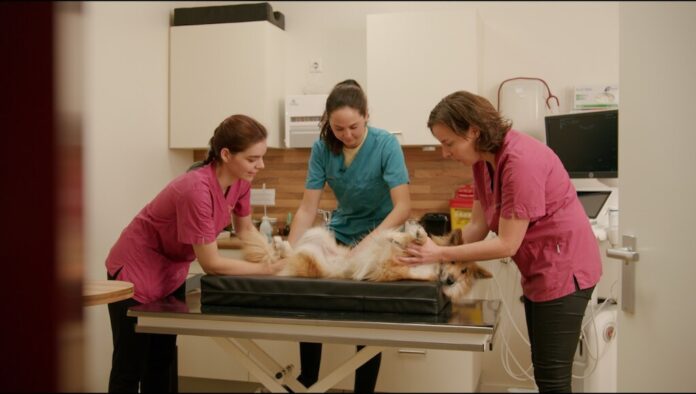Show how PON will support medical imaging
Dutch telco KPN has hit data speeds of 20 Gbps in its passive optical network (PON) for Caresse animal hospital in Rotterdam. This use of Nokia equipment is good news for all branches of medicine that access high resolution images from the cloud. In its field trials KPN and Nokia engineers achieved symmetrical speeds of 20Gbps, which could upload and download a hundred 30 MB scans every second.
KPN wants to give everyone in the Netherlands superfast internet access with national fibre optic network and the Caresse animal hospital is a great example of this, said according to Babak Fouladi, chief technology and digital officer and member of KPN’s board of management.
KPN used Nokia’s 25G PON technology in the field trial on its existing fibre network. The PON is built on Nokia’s Quillon chip and can work alongside other standards like Gigabit Passive Optical Networking (GPON) and XGS-PON on the same fibre, while being powered by the same access node. Nokia’s 25G PON has Lightspan and ISAM access nodes, Quillion based Multi-PON line cards and fibre modems.
Dependent on the optics chosen, 25G PON supports symmetrical bitrates (25Gbps in downstream and 25Gbps in upstream) and asymmetrical bitrates in the ratio of 25:10. Usually located in telecom central offices, Nokia’s high-capacity access nodes are used in massive scale fibre roll-outs. They connect thousands of users via optical fibre, aggregate their broadband traffic and send it deeper in the network. Nokia ONT (Optical Network Termination) devices, or fibre modems, are located at the user location. They terminate the optical fibre connection and delivers broadband services within the user premises or cell sites.
“When we designed our Quillion chipset, a key requirement was to support multiple PON technologies on the same fibre, so operators could match different service levels to each customers’ needs,” said Sandy Motley, President Nokia Fixed Networks.


